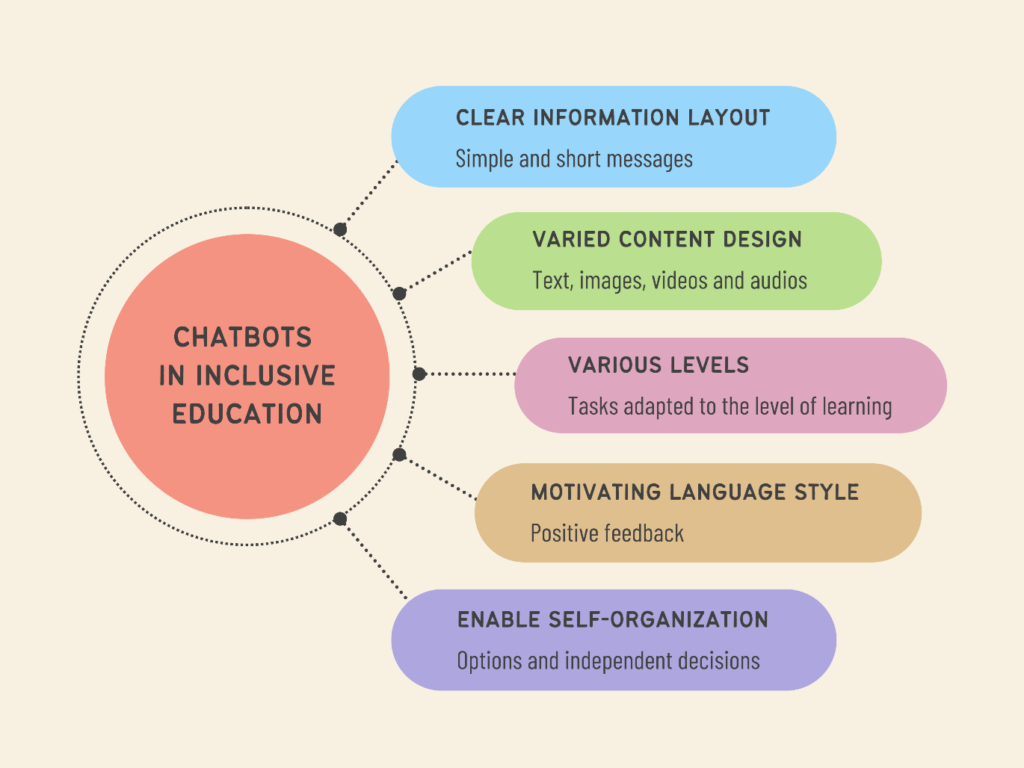In our world of digitalization, almost everyone has come into contact with chatbots at some point. Whether it’s chatting with a customer service representative, completing an online survey, or conducting financial transactions online. Simply put, a chatbot is a type of computer-based communication that uses artificial intelligence to conduct a chat with the person in front of the device. The conversation seems human-like as if another person is actually communicating with the user. (Dahiya, 2017) This technology opens up many benefits: Companies can get into personal contact with significantly more customers than otherwise possible in such a broad audience. In addition, processes can be simplified, the user experience for the customers can be improved, and costs can also be saved. All of this is making chatbots very successful in service-oriented companies. (Følstad and Skjuve, 2019)
But chatbots are much more than just algorithms responding through artificial intelligence; rather, they can play a crucial role in the field of inclusive education. In a nutshell, the greatest benefits of chatbots used in education include direct and individualized information sharing, referrals to additional sources, game-like learning content design, and interactive feedback.
Especially in relation to students with learning disorders, a chatbot can be a valuable change in the daily learning routine and a useful tool. In this context, there are some notable advantages: A dialog during chatting gives a lot of small information. Children with learning disorders are not overwhelmed, can concentrate on the most important points, and keep an overview. Furthermore, there are no limits to the types of media that can be used when using today’s chatbots. Therefore, a variety of sources can be utilized, such as images, videos, or audio messages. This gives students the freedom to choose the best way to access learning material and probably introduces them to new ways of learning. Especially students who experience difficulties in learning can benefit from such a multifaceted information layout as they often learn more efficiently by using alternative ways of learning.

When creating a chatbot to support the inclusion of students with learning disorders, there are some basic guidelines that are important to consider. The chat messages should be understandable and as short as possible, especially to avoid demotivating students with reading difficulties and to keep the chat simple and structured. This way, students understand where to put their attention.
In addition, the content should not only be available in text form but also accompanied by visuals and audio content to provide multi-sensory learning for learners. That way, each student can learn in their preferred method and it is ensured that multiple senses are addressed.
The chat path should be individual and be able to categorize the level of the particular student in order to be able to provide tasks appropriate to the learning level. Especially students with learning disorders are demotivated if they fail again and again at a task, and there is a risk that they will lose all motivation for learning. Therefore, this adapted learning level is of particular importance.
The chatbot’s language style should be positive and motivating. Often students with learning difficulties have not received much positive feedback at school, so it is even more important to motivate them and encourage them to keep up with the chat.
Despite all the simplicity, the chatbot should have choices and let students decide for themselves to a certain extent what tasks need to be done, to what extent, and at what time. This enables the students to be independent and they learn to organize themselves and prioritize tasks.
Chatbots in inclusive education is exactly the topic that the Erasmus Plus project CHATBOT4VET has taken on. The intention is to create a platform on which a personalized learning experience can be delivered in relation to VET education. Stay tuned, we will keep you updated on the progress of the project!
References:
Illustration from Unsplash
Følstad, A. and Skjuve, M. (2019). Chatbots for Customer Service: User Experience and Motivation. Proceedings of the 1st International Conference on Conversational User Interfaces, pp. 1-9. doi: https://doi.org/10.1145/3342775.3342784
Dahiya, M. (2017). A Tool of Conversation: Chatbot. International Journal of Computer Sciences and Engineering, 5(5), pp. 158-161
Chatbot Design Guide: Hot to Adapt Your Tutor Chatbot to VET Spaces. Available at: https://www.tutorbot.eu/wp-content/uploads/2021/03/EN_Chatbot_Design_Guide_Final.pdf

